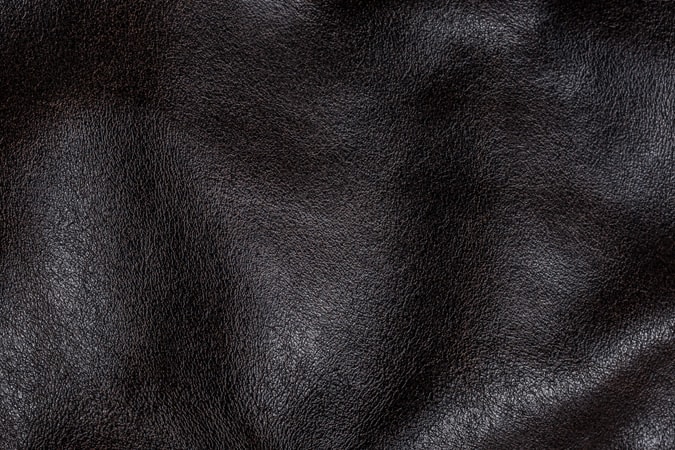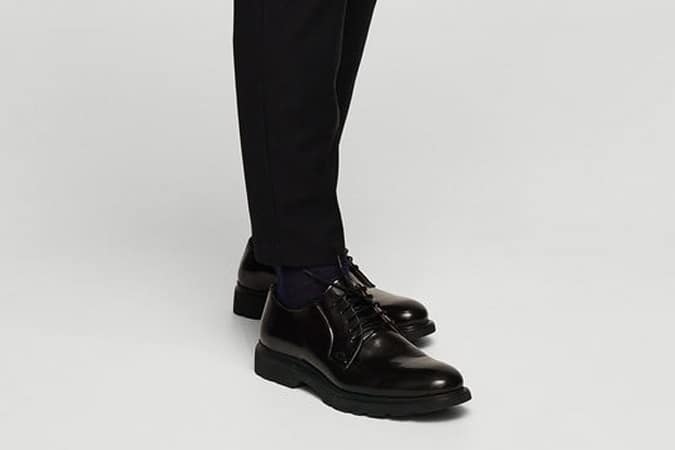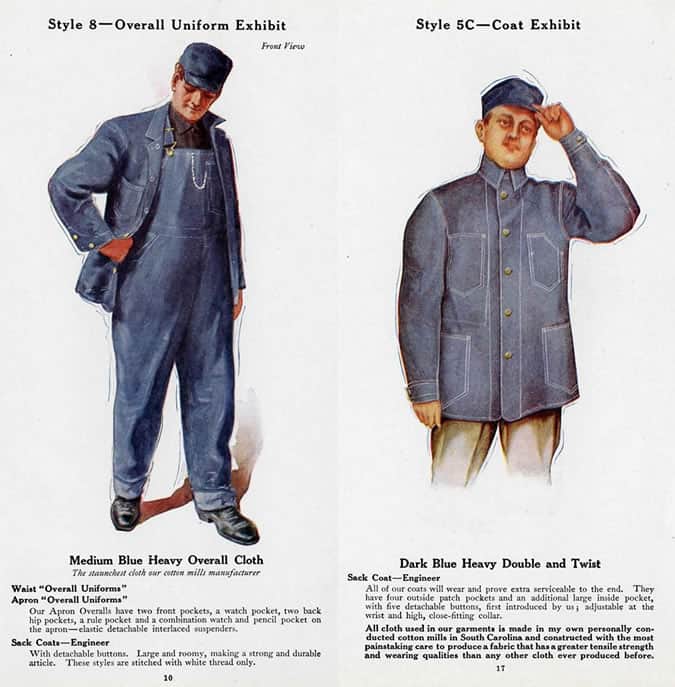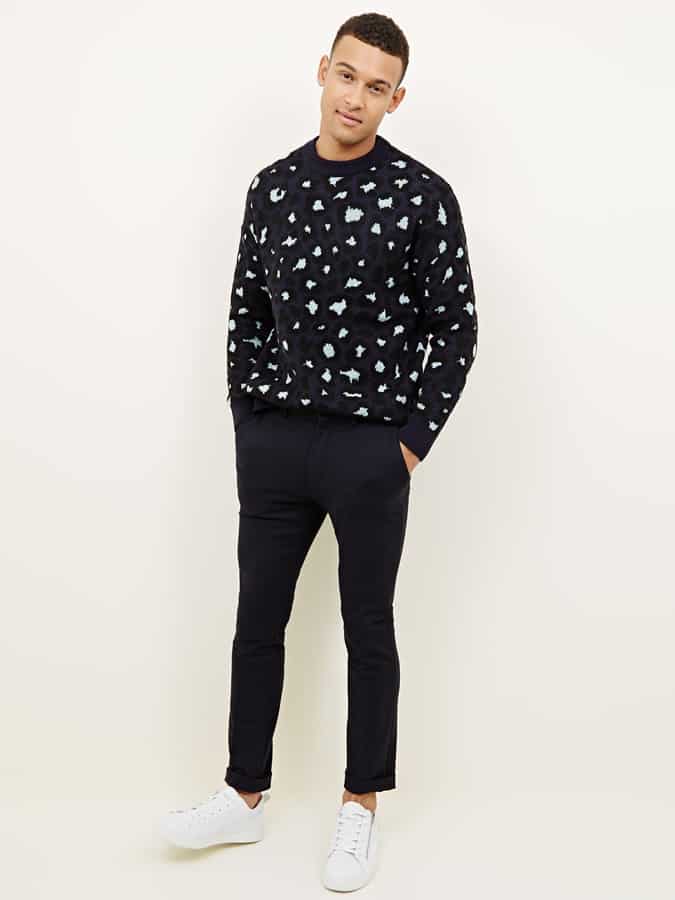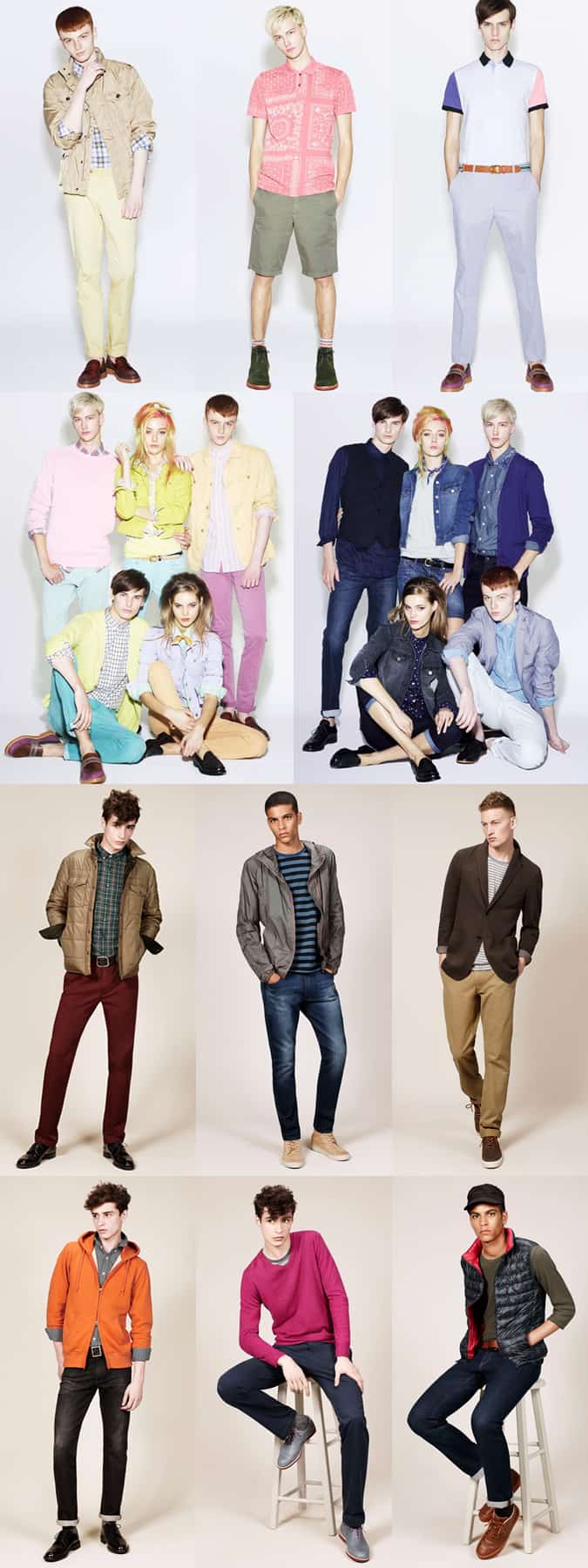The New Suit: Why Tailoring Will Never Be The Same Again
 Jon Hamm wears a perfectly good suit in 2017, yet the fit, as well as the tie, pocket square and shoes look dated in 2019
Jon Hamm wears a perfectly good suit in 2017, yet the fit, as well as the tie, pocket square and shoes look dated in 2019
But the suit nonetheless survived and it hasn’t just been the spin of the fashion cycle that has seen its return to favour. Instead, isn’t it possible that men have missed that touch of formality, and, perhaps the very masculine codes that the suit embodies? Now, we wear suits outside of work, to socialise in. We choose to wear them, rather than be told to.
This, of course, hasn’t meant that they’ve donned their pinstripe suits for the pub.
“We’ve already seen bolder, stand-out pieces come through in shirting, for example, driven by this desire for individuality, and now the same is happening in tailoring, especially for when we want to make more of a statement, or for a special event,” says Alex Field, menswear design director for Reiss.
“It’s suiting but of the kind you’d wear anything but a shirt and tie with. It’s a super modern, even futuristic kind of suiting you can show your personality through, rather than being a uniform.”

If the suit was once a garment that brought anonymity and closed down self-expression, now it’s the opposite. You stand out in a suit. How much depends onhow far you want to push its design, but the diverse likes of Celine, AMI, Dior, Paul Smith and Raf Simons offer up new fits, billowing trousers, plus materials and colours that Don Draper would cross the street to avoid. In an unexpected reversal of the norms, even streetwear brand Supreme offered a suit last year, in shades of peach or leaf green. “Look to the runways and you’re seeing suits again but this time they’re looser, more fluid,” says Harrison. “It’s as though cycles in clothing have opened up a new middle ground for those who don’t want the high-tech or logos of sportswear, but don’t want the stiffness that tailoring implies either.”












